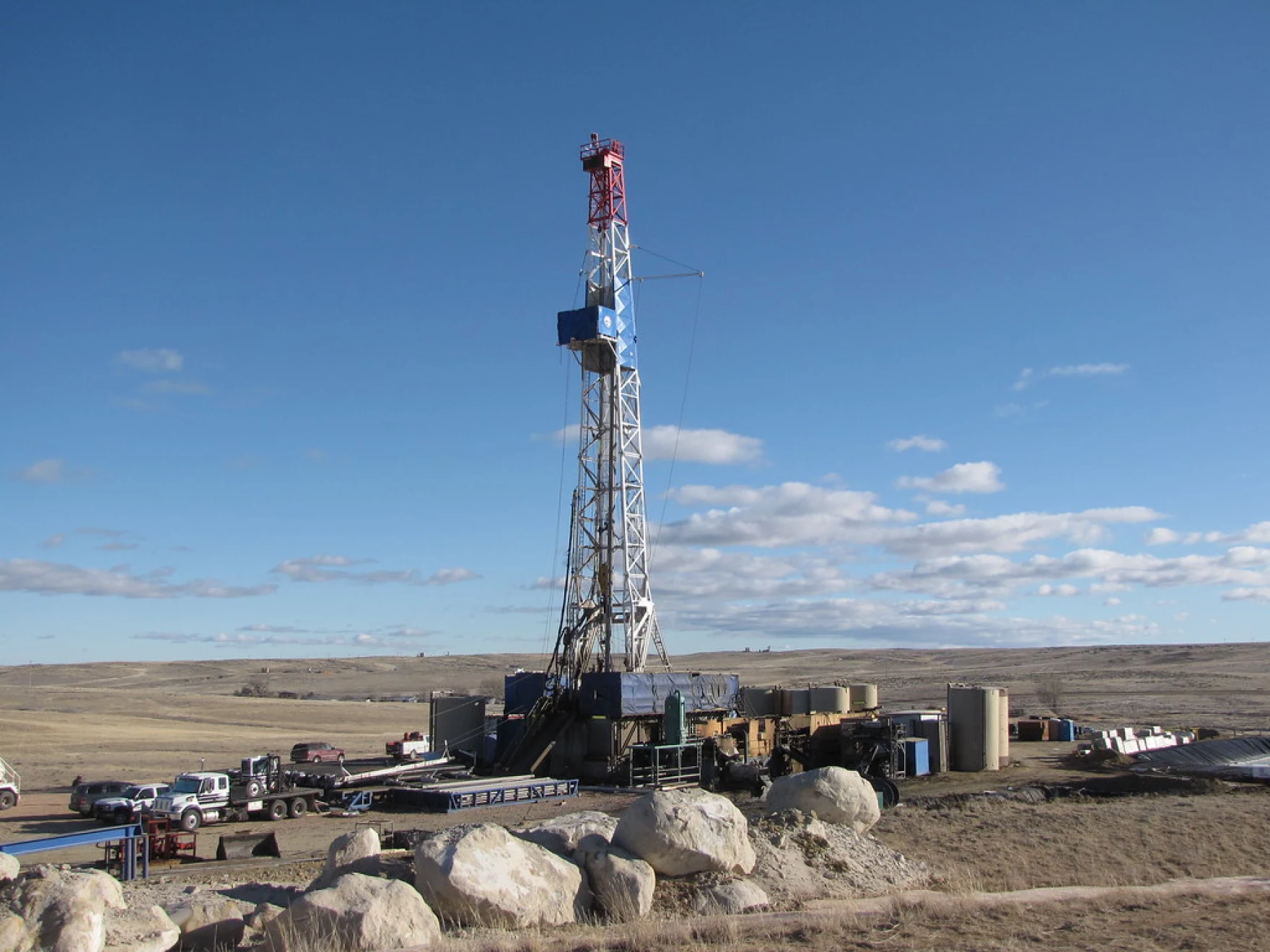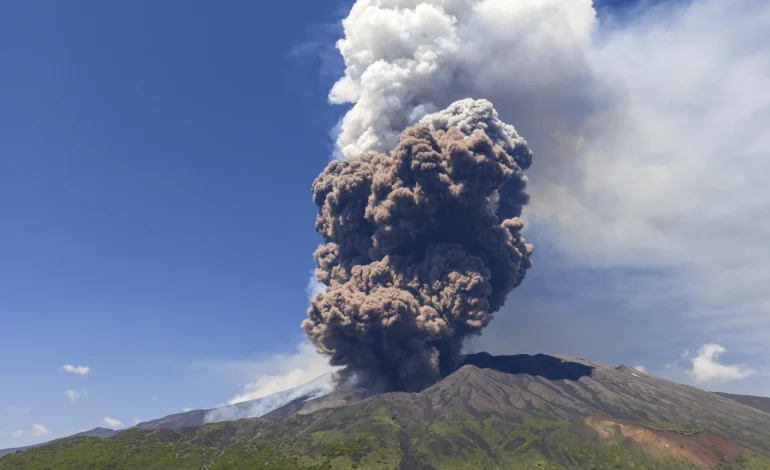Sicily’s Mount Etna erupted, sending a towering plume of smoke and ash several kilometers into the sky, but authorities assured residents that the volcanic activity posed no immediate threat.
The eruption, which marked the 14th eruptive phase in recent months, was triggered by a partial collapse of the volcano’s southeast crater, causing hot lava flows to cascade down the summit, according to Italy’s National Institute of Geophysics and Volcanology (INGV).
Although the volcanic alert level was raised at nearby Catania airport, officials reported no disruptions to flights. By the afternoon, the ash emission had ceased, allowing for a return to normal conditions.
As a safety precaution, the summit area of Mount Etna remained closed to tourists. Stefano Branca, an INGV official based in Catania, emphasized that the danger zone was limited to the summit region.
Sicily’s regional president, Renato Schifani, reassured the public that the lava flows remained confined within the volcano’s natural barriers and posed no risk to local communities.
The dramatic eruption was widely captured on video and photos, quickly spreading across social media platforms. Residents of towns and villages on the volcano’s slopes reported feeling tremors caused by the volcanic activity, Italian media noted.
With input from The AP








The latest news in your social feeds
Subscribe to our social media platforms to stay tuned